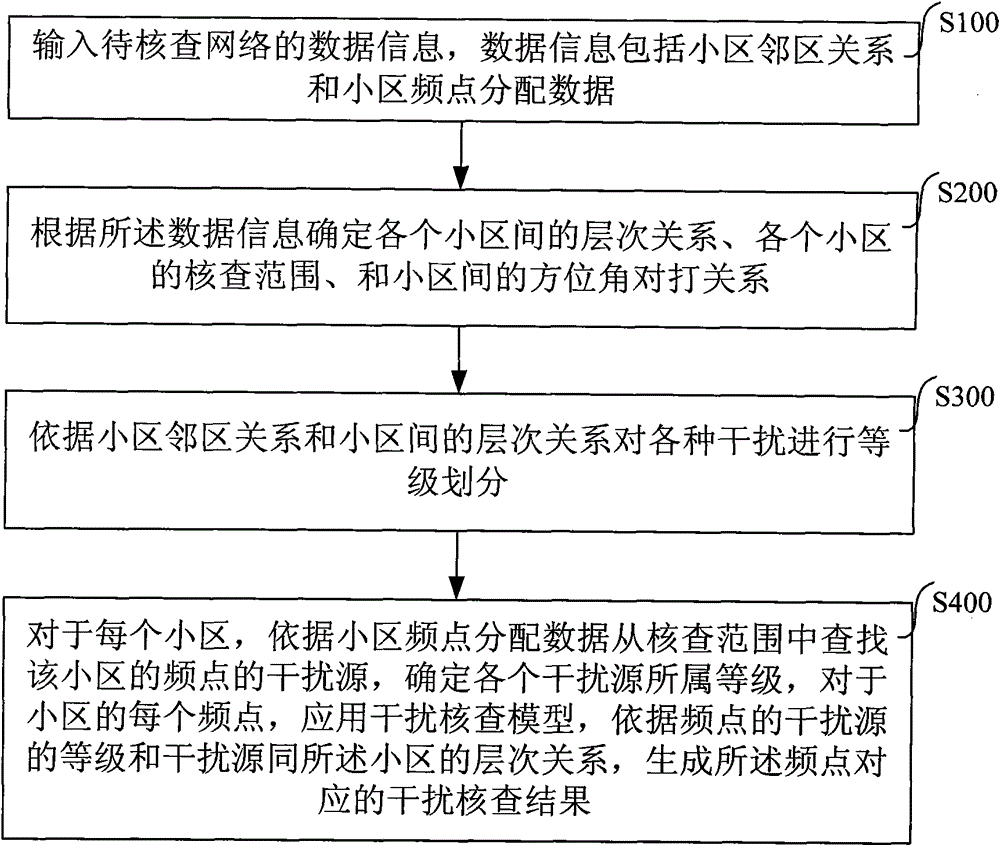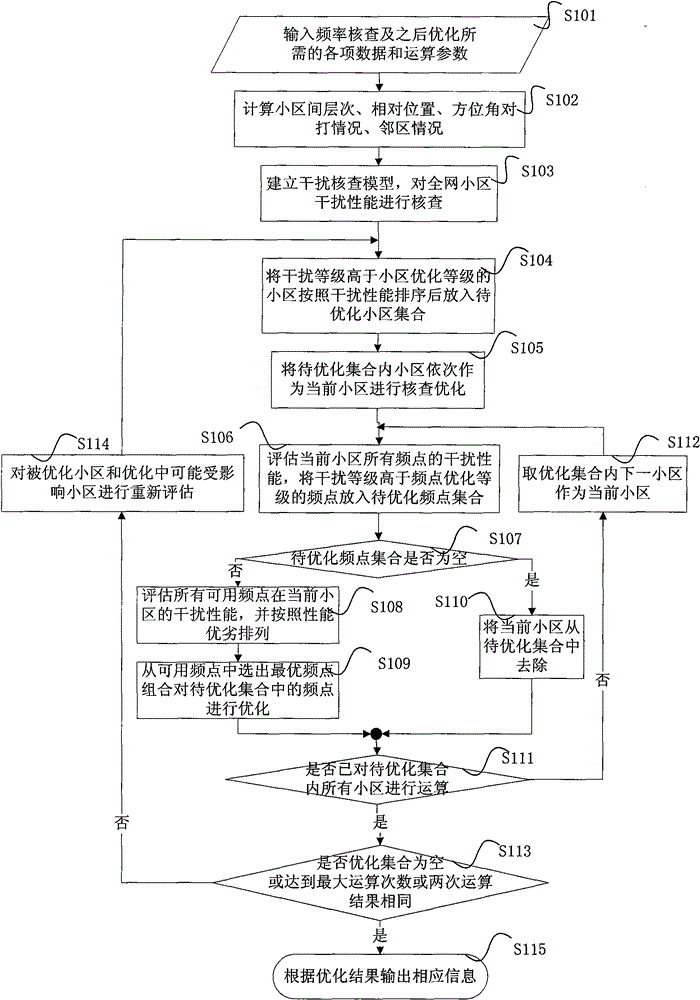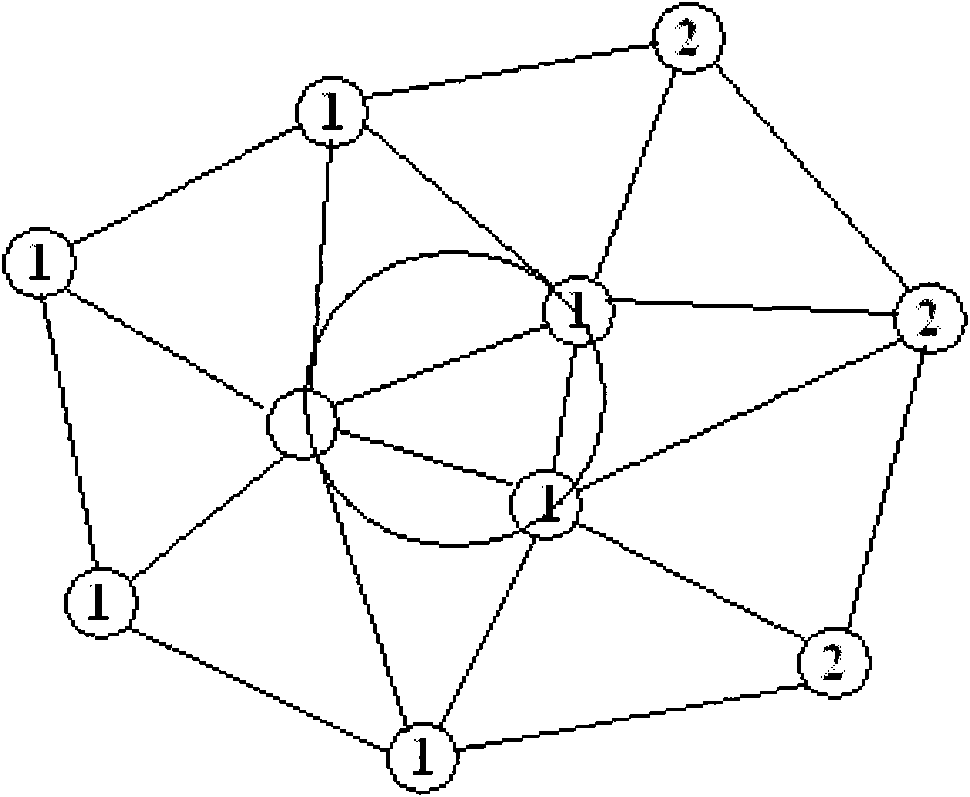Method and system for inspecting cell identical and adjacent frequency interference
A co-adjacent frequency interference and cell technology, which is applied in the field of checking the same-adjacent frequency interference in the cell, can solve the problems of co-adjacent frequency interference, insufficient number of sampling points, errors, etc.
- Summary
- Abstract
- Description
- Claims
- Application Information
AI Technical Summary
Problems solved by technology
Method used
Image
Examples
Embodiment approach
[0101] A preferred embodiment of the present invention is as follows.
[0102] Step S221, find out the cells within three floors away from the source cell and put them into the verification scope set of the source cell.
[0103] In a further preferred solution, after the step S221, the following steps are further included.
[0104] Step S222, for cells within the set of verification ranges that are separated from the source cell by more than one level, calculate whether the cell is in the forward direction of the source cell, and if not, remove the cell from the set of verification ranges.
[0105] Calculate the angle between the line direction from the source cell to the target cell and the azimuth direction of the source cell. If the angle is less than 60°, it is positive.
[0106] Step S223, for the outermost cell in the verification range set, calculate whether the cell is outside the layer, if yes, remove the cell from the verification range set; the outermost layer is t...
specific Embodiment
[0133] Specific examples are as follows.
[0134] Establish the interference evaluation vector of the frequency point in the specified cell as (β1, β2, β3, β4, β5, β6), and this vector is the frequency point interference check result of the frequency point in the cell. The degree of interference increases with the increase of β1, the increase of β2, the decrease of β3, the increase of β4, the decrease of β5 and the decrease of β6 in the vector.
[0135] Interference degree comparison rules: compare the interference evaluation vectors in the order of β1 to β6, first compare β1, the larger β1 is, the greater the interference is, and then compare β2 when β1 is the same, and so on.
[0136] Other comparison methods may also be used, for example, after normalizing the elements in the vector, weighted summation is performed, and comparison is made based on the result and the degree of interference to the frequency points.
[0137] For the interference evaluation of the combination ...
PUM
 Login to View More
Login to View More Abstract
Description
Claims
Application Information
 Login to View More
Login to View More - R&D
- Intellectual Property
- Life Sciences
- Materials
- Tech Scout
- Unparalleled Data Quality
- Higher Quality Content
- 60% Fewer Hallucinations
Browse by: Latest US Patents, China's latest patents, Technical Efficacy Thesaurus, Application Domain, Technology Topic, Popular Technical Reports.
© 2025 PatSnap. All rights reserved.Legal|Privacy policy|Modern Slavery Act Transparency Statement|Sitemap|About US| Contact US: help@patsnap.com



